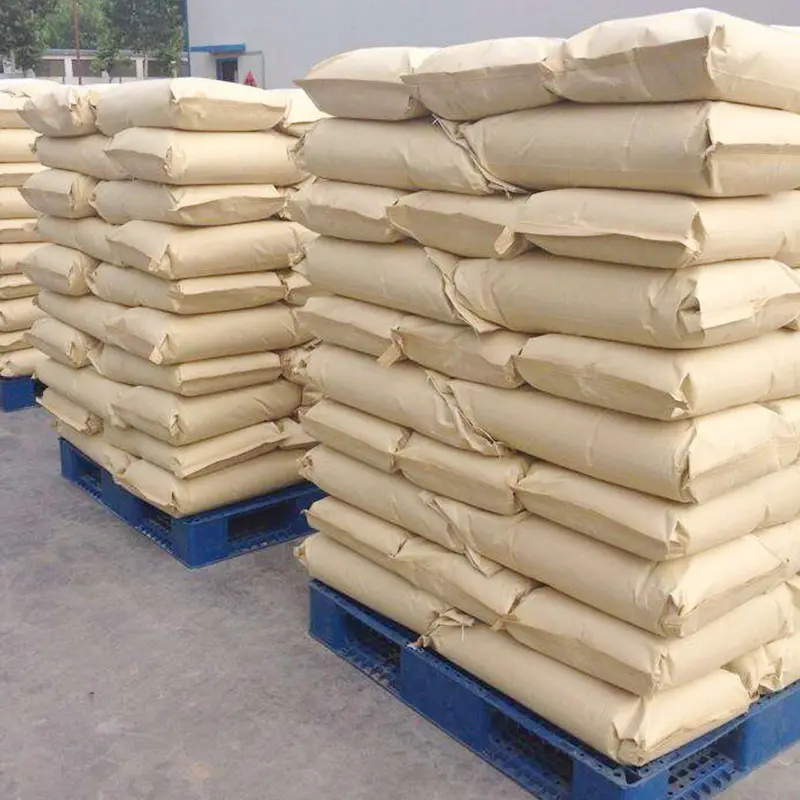Rationally utilizing water resources and protecting the ecological environment have become major issues faced by countries around the world today. Wastewater treatment refers to the process of treating sewage to make it safe for discharge or reuse, which is of great significance for protecting water sources and preventing water pollution. Cationic polyacrylamide (CPAM) has excellent flocculation properties and has been widely used in wastewater treatment. This article elaborates on the importance of wastewater treatment, common treatment methods, and the application of CPAM technology in wastewater treatment to enhance people’s awareness of wastewater treatment.

What is Cationic Polyacrylamide
CPAM is a cationic monomer based on acrylamide, obtained after polymerization, and its molecular weight can be adjusted by modifying reaction conditions. Besides water treatment, CPAM is also used in industries such as papermaking, mineral extraction, and oilfield exploitation.
Why Choose CPAM for Wastewater Treatment
There are several reasons to choose cationic polyacrylamide (CPAM) for wastewater treatment, including
High Efficiency in Flocculation
It can quickly interact with suspended particles in water, neutralize the negative charge on the surface of particles, and aggregate particles into larger chunks, making them easier to settle or remove through other physical methods. This system is highly efficient, especially in the treatment of complex wastewater such as industrial and domestic sewage.
Strong Adaptability
By adjusting reaction conditions, products with different molecular weights and charge densities can be obtained. Therefore, CPAM technology is highly adaptable and can be applied to the treatment of various types of wastewater.
Improved Treatment Efficiency
Implementing wastewater treatment can greatly improve water treatment effects, shorten reaction time, reduce equipment size and costs, and stabilize the quality of the treated water.
Reduced Sludge Production
CPAM has a strong aggregating effect on suspended particles, which can reduce the amount of sludge produced in wastewater, facilitating subsequent treatment and disposal.
Environmental Friendliness
CPAM is a new type of polymer material, which not only has no pollution to the environment but also reduces dependence on other chemicals and lowers pollutant emissions.
Applications of CPAM
Due to its superior treatment performance, cationic polyacrylamide (CPAM) has been widely applied in wastewater treatment across various industries. Below are specific application cases of CPAM in different industrial wastewater treatments.
Pulp and Paper Industry Wastewater Treatment
In the pulp and paper industry, wastewater produced often contains a large amount of cellulose, suspended solids, and various chemical additives. Using CPAM as a flocculant can effectively aggregate suspensions and reduce the turbidity of wastewater.
Mining Industry Wastewater Treatment
Wastewater discharged from coal mining often contains various mineral particles and chemicals. The addition of CPAM can effectively flocculate these particles and promote their sedimentation.
Dyeing and Printing Industry Wastewater Treatment
Dye wastewater, with its variety of dyes and auxiliaries and dark color, is difficult to treat. Using CPAM for flocculation can achieve decolorization.
Food and Beverage Industry Wastewater Treatment
Wastewater from the food and beverage industry often contains a large amount of organic matter, fats, and microorganisms. CPAM can help effectively aggregate these pollutants, promoting their sedimentation.
In summary, CPAM holds an irreplaceable position in the field of wastewater treatment and is considered a preferred choice due to its unique advantages. However, the rational selection and application of CPAM are key to achieving its optimal disposal effects, requiring guidance from specialized technology and experience.
